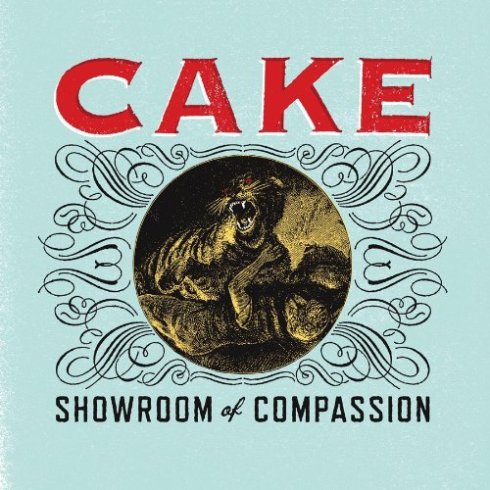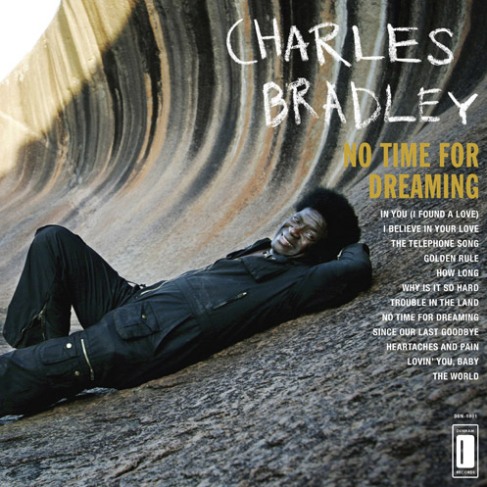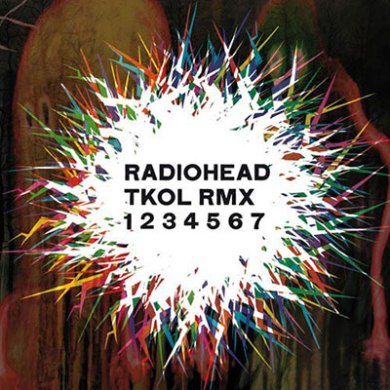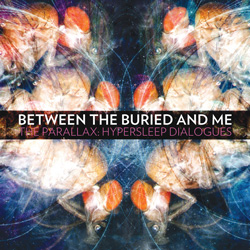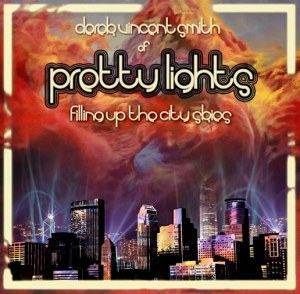Can Educational Vouchers Foster Competition and Repair the United States Education System?
ABSTRACT: School Vouchers have been used on a small-scale as an attempt to offer students the choice of deciding where they receive their education. The effects of a large-scale Voucher system have yet to be seen but economic theory says they could be beneficial. Vouchers would be used in exchange for public education or to lower the out-of –pocket expenses of private schools. Offering students the choice to attend private schools at a lower cost, public schools would feel pressure to increase the quality of their education services. The end result would be a net improvement in the quality of the United States Education System.
KEYWORDS: Education Reform, Competition, School Choice
Essay:
Education Reform is a topic many people agree is important, though few take the time to make a difference. Maybe, if there is a time without newsworthy disasters and sensational ideology bouts, happening not during an election season, larger numbers of people will begin to inform themselves and become involved. Thankfully, a small, wise fraction of Americans realize and are ominous about our students being well out-performed by students from less developed nations. Even worse, we are losing in engineering, mathematics and technology, all of which are essential to our economic advancement. Education costs us billions of dollars each year and uses thirty percent of state and local government budgets (Gruber). Spending per pupil is at an all-time high, yet our academic performance is only “average” internationally (PISA).
Now, there is one centuries old idea with the potential to change our education system for the better. Adam Smith introduced the idea of “school choice” in his 1776 masterwork, An Inquiry into the Nature and Causes of the Wealth of Nations. He argued that by empowering students with the ability to decide where they want to be taught, competition will be introduced to the education markets and academic institutions will be faced with increased incentive to provide the best education services. School choice is now an umbrella term for a number of initiatives that loosely promote the idea. Nevertheless, a practical, modern-day application of school choice can be found in Educational Vouchers (also called School Vouchers). A School Voucher is a credit issued by the government that equals the value of the per student cost of public education (Gruber). In essence, it is a coupon that offers a choice between free public education and discounted private education. Like any policy proposal, there are many arguments for and against it; and because of that, we must decide the strengths of the arguments. Once that is accomplished, we can decide: keep the policy and fix its flaws or abandon it altogether.
Learn From The Past
In order to determine if the Educational Voucher method is better than the current system, we must establish the benefits and drawbacks of the current system. Americans have become increasingly dissatisfied with Public Education over the past forty years, but it has aided the growth and maturity of our society. Public education also offers everyone the opportunity to go to school. Even children living in severe poverty are provided education services. Society gains from this because educated people are usually more productive, notably in the workplace. When workers are productive, they are paid more. Higher wages are taxed, increasing government revenue. Other benefits to society include: lower crime rates, informed voters, increased income mobility (which is a person’s ability to move to higher income levels), among others (Gruber).
As previously stated though, public education is riddled with problems. One likely explanation is that teachers and other faculty earn the same wages whether their students far exceed performance standards or fail to reach them. Without being compensated for improving classroom performance, teachers and administrators face a disincentive to put forth the effort required to make improvements. Also, studies reveal bureaucracy size in public schools to be inversely correlated with increasing student performance (Meier). Bureaucracy size in public schools has been increasing too, which means higher costs.
Budgeting problems in the United States are no secret, and education takes up a large share of our troubled budgets. While a decrease in spending is probably not a solution, a system so expensive should certainly be more effective. This is the dilemma that economists and policy makers are trying solve.
Vouchers Can Improve Quality…
There are many arguments for the use of School Choice facilitated by Educational Vouchers. Vouchers would make private schools much more affordable. If students choose schools based on quality as opposed to affordability, public schools would be forced to improve the quality of their services if they want to remain competitive. Right now, public school funding is fixed, so public schools do not risk losing out if their performance is poor. Actually, in some cases, like in Minnesota this past year, schools received more money for bad performance. Consider the alternative. With School Choice in effect, students will be able to attend private schools if they (or their parents) are dissatisfied with public schools. In this case, every student lost to a private school would be a decrease in public school funding. They would be forced to improve. The constant threat of funding would put strong pressure on the public sector to eliminate wasteful spending and provide the highest quality education possible.
In the economics textbook Public Finance and Public Policy, the author Jonathon Gruber explores how public policy affects the quality of education. He presents a hypothetical situation where the education market starts off with only private institutions. Imagine three different families (named “X,” “Y,” and “Z”); all have the same spending capacity. Each family is willing to pay a different price for their children’s education with the cost of the education reflecting its quality. What the families do not spend on education, they spend on other goods. Family X has a low demand for quality education, so they choose low cost tuition for their children. Family Y has higher demand than Family X and decides to pay more for better quality. Family Z has the highest demand for quality education, so they spend the most of the three families.
Next, public schools are introduced to the market. Under these circumstances, Family X chooses to educate their children for free at a public school because it happens to have better quality than their private school of choice. Their children’s education is improved by public schools. Family Y also decides to send their kids to a public school because they want to have more money to spend on other goods. They justify this action because the private school was only slightly better anyway. Still, their children end up receiving lower quality education. Family Z decides that they are still willing to pay for the high quality private school. Their children’s education remains the same.
Lastly, the government issues school vouchers that are spendable at private or public schools. The vouchers replace a certain amount of spending that would have normally been used for education, so everyone’s disposable income is increased by the value of the vouchers. For all families, quality of education is better and potential spending on other goods is higher now than when they did not have vouchers.
…But Vouchers May Create New Problems…
While vouchers could help families reach the optimal amount of spending on education, opponents argue there could be negative externalities (i.e. unintended negative effects). The concern expressed most frequently is that private schools lack the regulation and oversight found in the public sector. People fear that private schools will place the students’ interests aside if profit levels are jeopardized. The reason is because corruption is very common (or at least viewed to be highly common) in the business world.
Other concerns with the School Voucher system deal with the diversity of the educational experience. An example: competition could cause schools to specialize too much. Competition in business often results in firms finding a niche. For example, a clothing company may be able to produce denim jeans of exceptional quality, but only because its other clothing products are poorly crafted (i.e. lucky brand, diesel, etc). In the education market, an example of bad specialization would be a school producing a highly advanced mathematics program, but only at the expense of its other programs. Mainstream educators think students should be taught a basic skill set to meet the demands of today’s ever-changing world. Students who attend highly specialized schools are likely to develop inferior abilities in any of the subjects compromised by specialization.
Low-income areas could also become a problem. If School Vouchers are brought to an area where the income is low and economic growth is unlikely, public schools may not be able to endure the loss of students and funds. If funds become too scarce, even for a short period of time, the public school may become degenerate in quality. Or worse, it could shut down completely, leaving students helpless if they can’t afford the extra costs of private schools.
Vouchers Can Work
There are many legitimate arguments against School Vouchers. However, with the enough effort and proper use of economic tools, they definitely have the possibility of improving the quality of education in this country. Unfortunately, limited empirical research has been conducted so the potential real-world results of a large-scale voucher system is not known. This makes my opinion on the matter mostly subject to speculation by advocates and opponents.
I do consider School Vouchers to be the best available solution to many of the problems in our education system. Classical Liberal (and legendary economist) Milton Friedman was an avid supporter of School Vouchers: “[Vouchers] would bring a healthy increase in the variety of educational institutions available and in competition among them. Private initiative and enterprise would quicken the pace of progress in this area as it has in so many others. Government would serve its proper function of improving the operation of the invisible hand without substituting the dead hand of bureaucracy” (Reason).
As mentioned earlier, School Vouchers are not a perfect solution. Current problems could be fixed, but in the process, new ones may be born. So, I have carefully thought of some solutions to these problems.
Most potential problems with School Vouchers could be resolved by imposing adjusted regulations on the Education system (and remember, we already have regulations on our current system). To thwart improper business practices, determine what practices are unwanted and establish necessary sanctions. To avoid excess specialization, continue to enforce curriculum requirements. As similar problems arise, deal with them similarly. Schools already have teacher and faculty codes of conduct and they also already have to meet curriculum requirements, so it does not seem unreasonable to expect schools to adhere to new codes and new curriculums.
When pondering how to enforce regulations in a School Voucher era, I have a comparable answer. Use the practices that have worked in the past. Establish school boards and councils that represent institutions from the public and private sectors. Perhaps, to prevent authorities from acting in self-interest, establish requirements for the positions-to-be-held. For example, enforce term limits and salary caps. Also, to ensure that decisions maximize the benefits of both students and taxpayers, assure that both groups are represented. Some board/council members must have a child in the level of education they represent (i.e. primary or secondary), while other members will have no children in the school system (instead, they represent taxpayers who help fund, but do not have children in, the school district). All discussion and decisions in meetings must be available to the public. In short: put into action the necessary regulations so school boards can work just as well as other successful, transparent governing bodies.
For areas of low income and economic growth, spend government money. Employ School Vouchers first in areas of wealth and strong economic growth until competition is abundant. (Please note that I do realize the challenges our political system faces when trying to pass legislation that benefits to the well-off before benefiting the poor. I’m still seeking solutions to this dilemma.) Once the systems are working well, decide if they can continue with reduced funding- if so, allocate the difference in funds to low-income areas to keep them afloat.
The last unresolved issue involves the amount and effectiveness of government spending. I excluded this from the “…But Vouchers May Create New Problems…” section of the essay because the costs of a Voucher-based system are still very unclear. However, I do have a thought: be responsible with the money. To achieve this (in Education) is to measure the cost-effectiveness of Education spending. Economist Sandra Black, for example, has developed advanced models to achieve this by measuring the quality of schooling in comparison to lifetime student achievement, and also by measuring the parental valuation of better schools (Black). Using hers, along with other sophisticated models, the government can try to maximize its returns on Education investment.
References
Black, Sandra. “Measuring The Value of Better Schools.” Economic Policy Review 4.1 (1998): 87-94. Print.
“The Father of Modern School Reform.” Reason Magazine. Web. 18 Apr. 2011. <http://reason.com/archives/2005/12/01/the-father-of-modern-school-re>.
Gruber, Jonathan. Public Finance and Public Policy. New York, NY: Worth, 2007. Print.
Meier, Kenneth. “Bureaucracy and Organizational Performance: Causality Arguments About Public Schools.” American Journal of Political Science (2000). Web.
“PISA.” Organisation for Economic Co-operation and Development. Web. 18 Apr. 2011. <http://www.pisa.oecd.org/pages/0,2987,en_32252351_32235731_1_1_1_1_1,00.html>.
“School Vouchers Undermine Public Schools.” ADL: Fighting Anti-Semitism, Bigotry and Extremism. Web. 18 Apr. 2011. <http://www.adl.org/vouchers/vouchers_public_schools.asp>.
